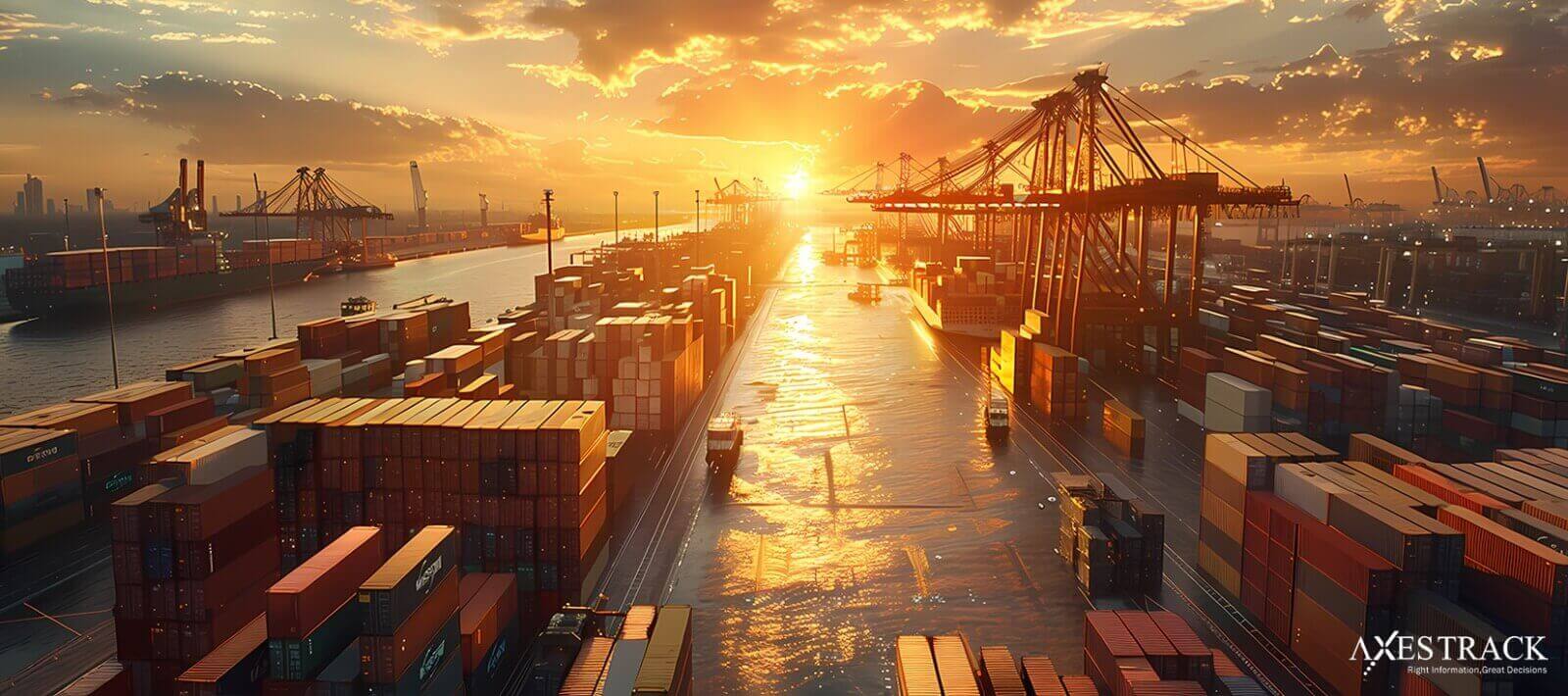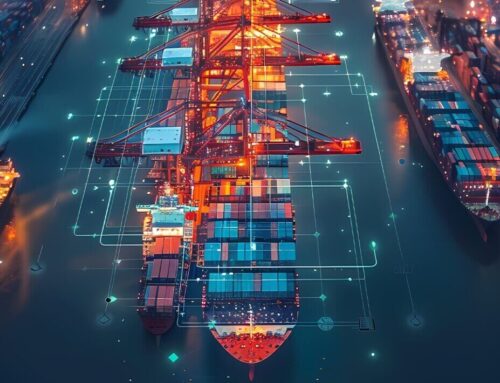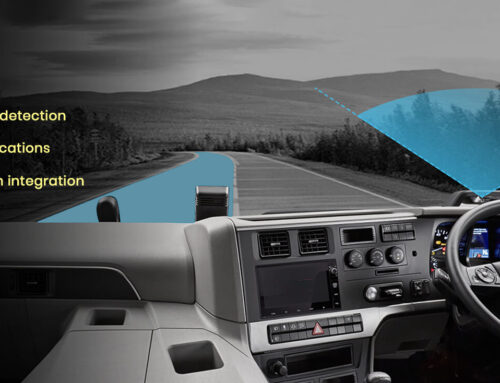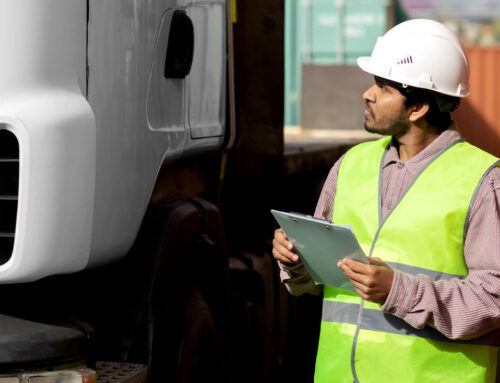Every minute a vessel idles or a truck waits in a terminal queue, fuel is wasted—and emissions rise. As environmental regulations tighten and stakeholder expectations grow, ports can no longer afford inefficiencies that harm both operations and the planet. Terminal congestion, manual scheduling, and fragmented systems are no longer sustainable. The shift toward low-emission, high-efficiency port logistics starts with automation.
The Sustainability Challenge at Ports
Ports operate as complex ecosystems where even minor inefficiencies cascade into environmental and operational costs. Congested terminals, limited container movement windows, and manual scheduling often result in:
- Prolonged vessel idle times, increasing fuel burn
- Inefficient cargo movement and stacking
- Long queues and bottlenecks at gates and yards
- Higher emissions due to lack of optimized routing and scheduling
Sustainability is no longer a secondary goal. It’s a strategic imperative.
Enter Automation: The Game-Changer
Automation offers a smarter way to manage port operations by replacing fragmented, reactive systems with real-time, data-driven decision-making. Axestrack’s Connected Port Logistics (CPoL) platform brings this to life by creating a digitally unified port ecosystem that reduces idle time, improves energy efficiency, and drives carbon-conscious decision-making.
How Automation Reduces Emissions and Idle Time
- AI-Powered Berth & Route Optimization By analyzing historical and real-time data, CPoL optimizes vessel berthing schedules and routing. This not only reduces unnecessary vessel waiting times but also minimizes fuel usage by ensuring precise arrival windows.
- Automated Gate and Yard Scheduling With smart slot allocation and automated gate operations, long queues and idling trucks are significantly reduced. Automation ensures a continuous flow of cargo, minimizing delays and emissions.
- Real-Time Freight Visibility CPoL offers live vessel and container tracking, predictive ETAs, and proactive alerts. Port authorities can make timely decisions that prevent congestion before it begins, eliminating unproductive downtime.
- Integrated Multi-Modal Coordination Seamless transition between road, rail, and sea means less time spent waiting and fewer emissions from stalled vehicles. Automated internal terminal transfers (ITT) further streamline operations.
- Smart Yard Planning Digitalized yard management optimizes cargo stacking and movement, reducing the need for constant reshuffling and unnecessary equipment usage, which in turn lowers energy consumption.
Building the Port of Tomorrow
Automation doesn’t just solve for efficiency; it enables ports to meet today’s environmental standards while preparing for tomorrow’s operational scale. With Axestrack’s Connected Port Logistics, ports can:
- Cut down fuel consumption and emissions
- Reduce vessel and truck idle times
- Enable better resource utilization
- Comply with evolving sustainability regulations
Conclusion
Port automation is no longer an option—it’s a necessity. By leveraging solutions like Axestrack’s CPoL, port operators can simultaneously meet sustainability goals and achieve seamless cargo movement. A connected, automated port is not only more efficient—it’s greener, smarter, and future-ready.





